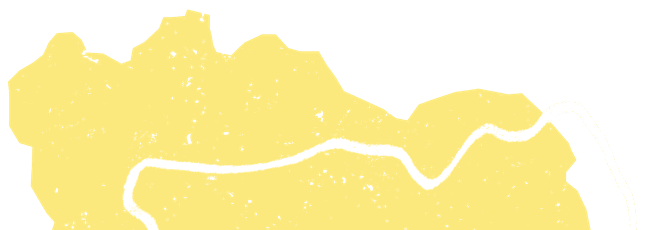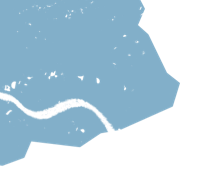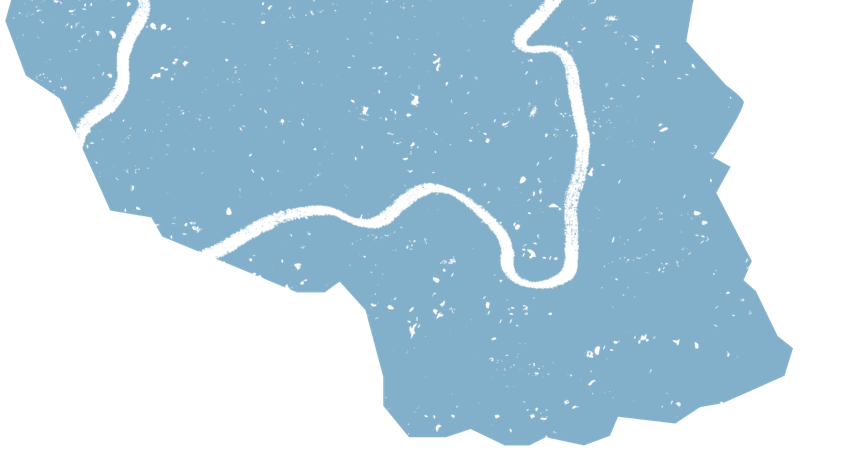The following definitions each have an example from a well building programme
Activities What is actually done
- Building of wells
- Hygiene education
Evaluation An assessment, at a specific time, of the effects of a programme
- Assessing whether water use in the village has changed and whether the wells have influenced household hygiene and sanitation
Goals Long-term aims for impact
- To improve health in target population
Impact Long-term and sustainable change resulting from an activity
- Long-term effects on the health of local people, social relationships in the village and the position of women
Indicators Evidence or signs that change has taken place
Quantitative indicators are those which can be measured or counted
- Number of people collecting water from the wells
Qualitative indicators are those gained by observation and perception
- Local people’s views about the changes caused by the wells
Inputs Physical and human resources used within the programme
- Tools, bricks, labour…
Monitoring Continuous process of observation to record, reflect and use information regarding progress
- Use of resources, progress of activities, changes towards meeting programme objectives
Objectives Results and outcomes the programme is expected to achieve
- To increase the amount of clean water used in village households
Outcomes The effect on the original situation due to the programme
- Increased use of clean water in households
Outputs What is produced as a result of completed activities
- Completed wells producing clean water








